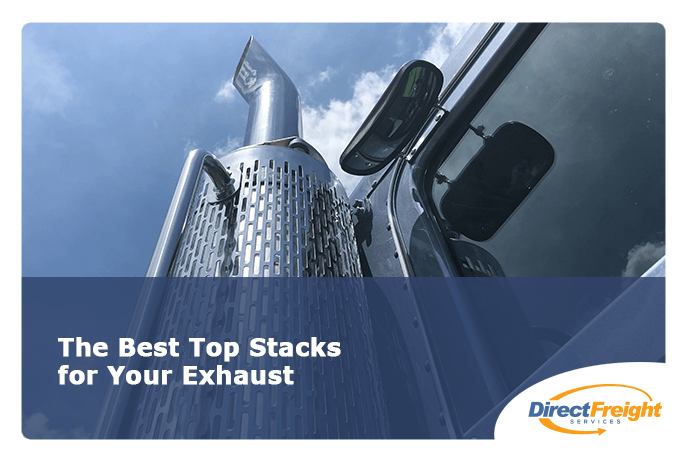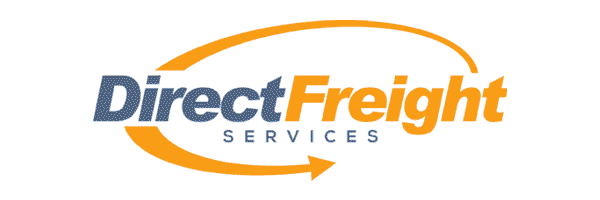Making your truck look good sometimes means you will have to add on aftermarket parts. A lot of trucks do not come with all of the nice chrome accessories or high-quality parts. Replacing existing parts and customizing your truck can make it look and operate better. Choosing the best accessories for your truck should be something you take into serious consideration. You want the best so you do not have to continuously replace them. You want high-quality products from a manufacturer that you can trust and come back to time and time again. One of those accessories that you should spend time researching in order to pick the right one for your needs is a top stack. According to sales and reviews, there are two companies that consumers believe carry the best truck exhaust stacks and who are known for their high-quality products-Dynaflex and Lincoln Chrome. Before doing any type of research or shopping, you need to measure your exhaust so you can properly fit the top stacks. Then it will be time to choose your stack.
Measuring Your Exhaust
You will need to measure the internal and external diameter of your exhaust. The internal diameter is the inside of the pipe, which gives you the measurement for the other pipe you would fit into it. The external diameter gives you the measurement for another pipe that you would fit around it and measures the pipe itself. Here is a simple how-to guide.
- Internal: measure the pipe opening from edge to edge, not including the pipe, just the hole.
- External: measure the pipe opening from edge to edge, including the pipe.
Choosing Top Stacks
Choosing a top stack may be more overwhelming and difficult than you think. There are so many options and variances between each one. Make sure you think about the overall look you are wanting along with the current look of your truck. For instance, if you are gradually adding new parts, then you will want some unity between old and new so your truck still looks good throughout the process.
Company #1: Dynaflex
Dynaflex manufactures products that are made in the USA. They are also known for being the manufacturers of the Original Monster Stacks and have been in business since 1972. Their focus is to produce exhaust systems for heavy duty vehicles. Dynaflex is known for having a deluxe, unique line up of products featuring nine styles and being of very high-quality. Customers believe that Dynaflex produces consistent products, is top in innovation, and agree that by using a Dynaflex part, you will grab attention and turn heads. The only downside to Dynaflex is that their products are some of the most expensive on the market. However, sometimes you get what you pay for, and if lasting, high-quality products are what you want, then Dynaflex may be the brand for you.
Company #2: Lincoln Chrome
Lincoln Chrome is known for their high-quality chrome exhaust systems and accessories. They have been in business since 1952 and consider chrome to be their specialty. Lincoln Chrome also focuses on the heavy duty truck market and makes seven different styles of part. They are known as a premium product brand who makes high quality products and produces long-lasting durable products that look good. All of their products are made in Nebraska and are slightly less expensive than Dynaflex, many are a plus for many consumers.
Choosing the right top stack for your truck may be overwhelming but it should also be a fun time for you. Afterall, your truck is like your home, spending many hours driving in it, so you want it to reflect who you are. You really can’t go wrong with either brand. It’s all about finding the right part that suits your needs and your truck. Once you have your truck the way you want it and are ready to get out on the road, contact Direct Freight Services so we can help you find the next load to haul.











